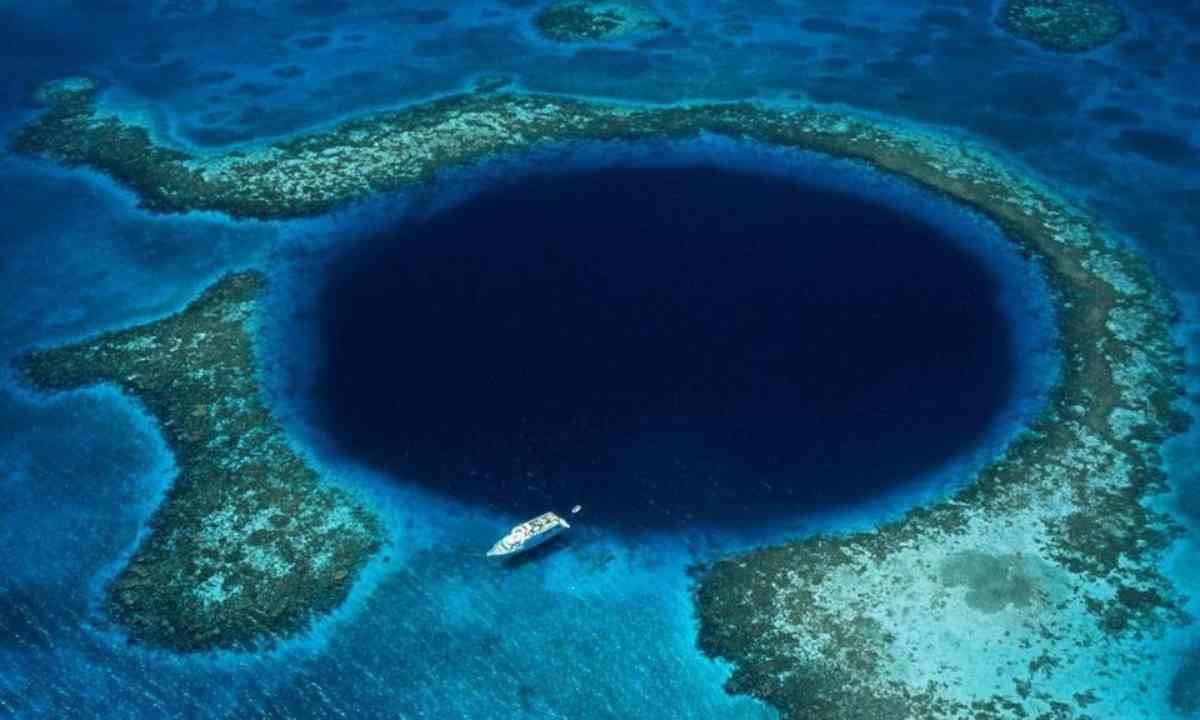A massive blue hole has been recently discovered in Chetumal Bay, situated off the coast of the Yucatan Peninsula in Mexico, and named Taam Ja' by the scientists who discovered it. With a depth of around 900 feet, it is the second deepest blue hole on the planet and is one of the unique environments found on coastal karst platforms globally, including the Caribbean Sea and the Yucatán Peninsula. Taam Ja' has steep sides covered by biofilms, sediments, limestone, and gypsum ledges, and has a nearly circular shape. Researchers from the Department of Observation and Study of the Land, the Atmosphere, and the Ocean in Chetumal, Mexico have conducted submarine exploration, including echo-sounding, thermohaline profiles, chemical analysis of collected water samples, and scuba diving, and published their findings in Frontiers in Marine Science.
The team discovered significant variations in salinity and temperature inside the blue hole and stressed the need for continuous monitoring to understand the possible variability in biogeochemical processes and explore water exchange with the surrounding Chetumal Bay estuary. The discovery of Taam Ja' could provide insight into the evolution of life in the marine world, as bacteria found at such depths in blue holes in the past suggest the existence of life in those depths. The South China Sea hosts the world's deepest blue hole, with a depth of 987 feet.
© Copyright 2022. All Rights Reserved Powered by Vygr Media.
























